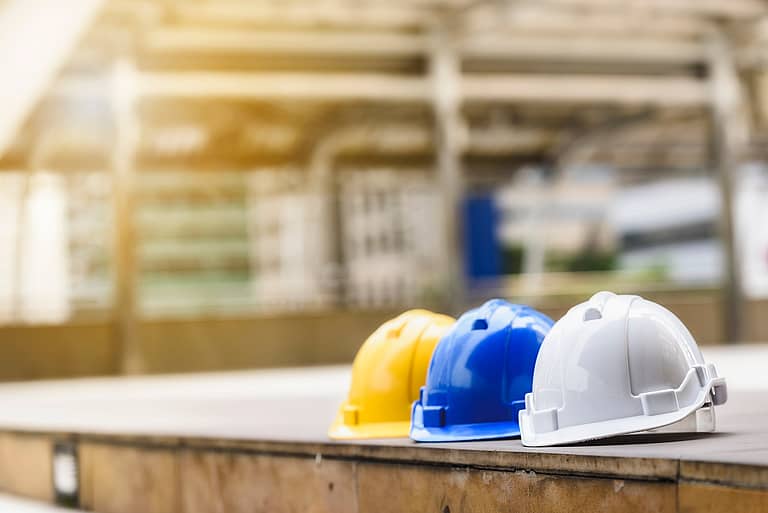Don’t stop thinkin’ about tomorrow; don’t stop, it’ll soon be here … — Christine McVie
Back in January I succumbed to a temptation to foretell what the upcoming year might hold in store for the construction industry (sorry about that). Unsurprisingly, I predicted a pretty bleak picture for the building sector in general, and for commercial drywall estimators in the mix. However, I did mention some possible “unforeseeable mitigating factors” that could serve as exceptions. Now, a quarter of the way into the year, I imagine there are some scoffers o who are delighting in what they perceive as my inaccuracy. I sincerely hope that is the case across the board—that I was way off the mark with my predictions of gloom and doom. But at the time, I did cite two possible exceptions to what looks like an inevitable downturn: regional activity and health care work.
Exceptional regional activity appears to be fed by a phenomenal flow of the population relocating to what many perceive as more favorable circumstances and greater opportunity over those existing in their current locations. A glaring example of this significant exodus lies with the recent shift of huge businesses and workers (for instance, Tesla, Oracle and Hewlett Packard have either moved or announced swapping locations in Silicon Valley for fresh digs in Texas) away from expensive urban coastal areas to states that have relaxed COVID-19 restrictions, a lower cost of living and a relatively better quality of life.
Predictably, this dramatic shift in demographics has created a housing demand in these areas that has construction starts skyrocketing. From my own anecdotal observations around the Phoenix area, I’d say that multifamily developments are enjoying the first wave of activity. In fact, over the past several months alone, I’ve seen condominium and apartment projects sprouting up in every open field like Bermuda grass after an April shower. And while this surge of residential building to accommodate the sudden influx of transplants may be short-lived, long term commercial projects will inevitably follow suit, with the construction of schools, shops, office buildings, restaurants, gyms, churches and health care facilities steadily bringing up the rear to meet the new demand.
Oh, did I mention health care facilities? Given the current state of national health, a boom in the construction of new hospitals and additions or remodeling of existing facilities seems pretty intuitive. And while the pandemic is undeniably a driving force behind this remarkable surge in health care activity, it really just provided an added boost to an already burgeoning facet of the construction industry. With baby boomers’ (born 1946–1964—the largest U.S. demographic, vying with millennials) massive numbers reaching ages when health is a growing concern, health care construction was already on the rise to meet the demand long before 2020.
In order to meet a growing demand, the federal government has been providing healthy subsidies for hospital construction since the early 2000s, and has increased such funding since COVID-19. The current administration has recently allocated over $1 billion in construction subsidies for community health centers in all 50 states through the American Rescue Plan Act. Another $10 billion is earmarked for building or remodeling such centers in the “Build Back Better” infrastructure bill (stalled in the Senate as of this writing). These bills, aimed at providing modernized facilities for the underserved are just a part of the public funding engine that is thrusting a boom. In addition, health care conglomerates are collaborating with medical schools to create new facilities. Anecdotally, I have seen or participated in the preconstruction of a number of large hospital-tower projects built in Arizona over the past few years that were funded in this manner. Clearly, the demand and support for health care projects will drive an explosive surge in hospital and clinic construction, one that is more than certain to continue through the coming months and beyond.
I close by reluctantly restating my earlier prediction: I still hold that significantly higher costs of commercial construction over the next months will blunt a full recovery from a COVID-19–related downturn in general construction activity nationwide. But I underscore my caveat—that there are two robust exceptions. And if you, as a construction estimator, happen to live and work in areas of new population influx, or your business depends heavily on health care construction, you will likely be spared much or all of the negative fallout from the current economic climate.
There, I’m done with prognosticating. If I am tempted to do this next year, I’ll be well-advised to stay out of the future and leave it to the gypsies and soothsayers. I’m going to burn my Ouija board now.
Vince Bailey is an estimator/project manager working in the Phoenix area.




